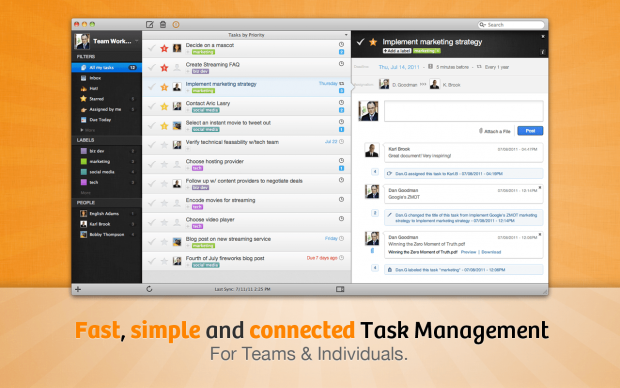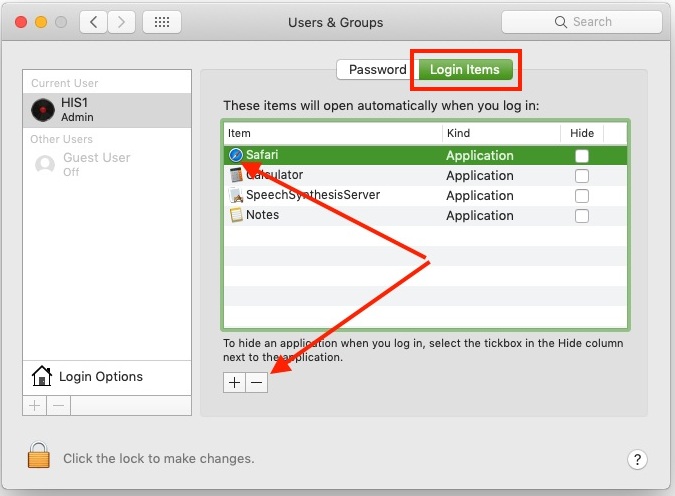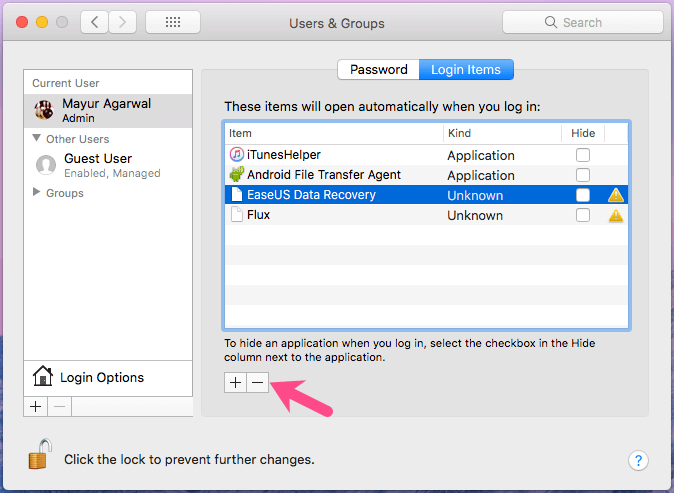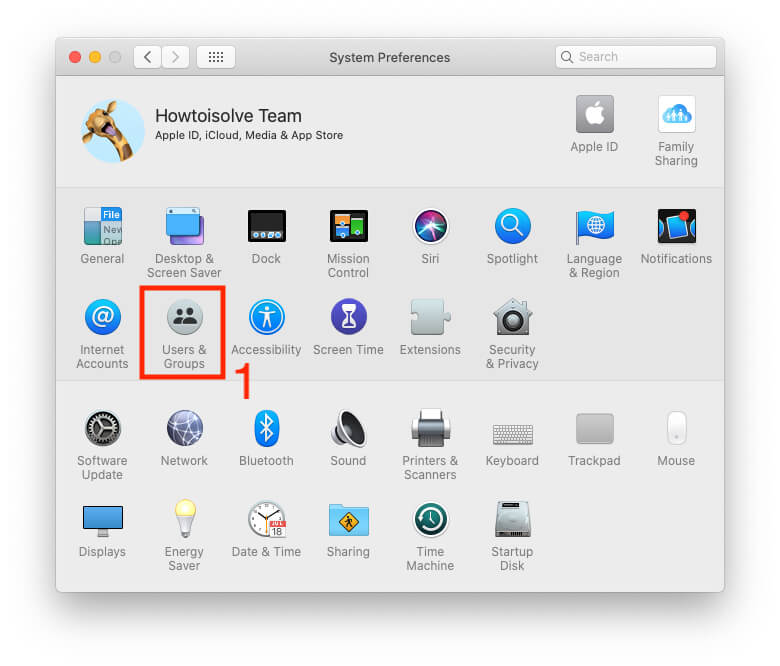

- #MAC OS STARTUP PROGRAMS HOW TO#
- #MAC OS STARTUP PROGRAMS MAC OS X#
- #MAC OS STARTUP PROGRAMS SERIAL#
- #MAC OS STARTUP PROGRAMS FULL#
- #MAC OS STARTUP PROGRAMS SOFTWARE#
If you’ve deleted everything from the Applications and Library folders and some vestiges of old software still remain, you may be dealing with a kernel extension or hidden file.
#MAC OS STARTUP PROGRAMS MAC OS X#
Kernel Extensions and Hidden Files Mac Os X Extensions If you get a message that an item is “in use and can’t be deleted” reboot the Mac, then try again. Next, remove any similarly named items you find inside the User Library inside your Home Folder ~/Library in the same set of folders:įor the vast majority of applications that’s all you need to remove. Most software does not use LaunchAgents, Preference Panes or Startup Items, but some things do, particularly items which control system behavior or keep background processes running plist documents usually starting with com –,

#MAC OS STARTUP PROGRAMS FULL#
Inside Preferences you may find single files, folders full of items – Adobe, Microsoft – along with. In these two locations you’re looking for non-Apple folders full of items: Adobe, Microsoft, etc. You are looking to remove any files or folders which contain the name of the program ( Acrobat, Word) or the vendor ( Adobe, Microsoft) in their names. Start with the Top Level Library on your hard drive /Library. To begin, select File & Folders on the far left under Library. Then, drag the Get Selected Finder Items action to the gray box on the right. Removing items from both these locations is necessary to completely uninstall software. The first Library is at the top level of your hard drive, the second is inside your Home Folder. There are two locations on your hard drive, both named Library, where programs store their preferences and supporting files. Preferences and Application Support Files If you’re curious whats inside, right-click (or control-click) on the icon and select Show Package Contents.


app extension, it appears as a single, launchable icon in the Finder. What you’re seeing on the hard drive is an application package, a folder full of items including the executable program code and supporting files. Note: the icon for most programs is actually a bit of an illusion. If you are not the user who originally installed the software, or your are not an admin user on your Macintosh, you will need to enter an administrator’s name and password to continue. You can also occasionally find applications on the desktop, if dragged there during installation or moved from the Applications folder.ĭrag the program’s icon or folder to the Trash to begin the uninstall process. Most programs are single icons ( iTunes, Firefox), while others contain one or more folders full of items ( Adobe Acrobat, Microsoft Office). This post is sponsored by MacPaw, maker of CleanMyMac.īe default, Mac OS X software is stored in the Applications folder on your hard drive. The software offers “all the tools to optimize your Mac, in one app.” Or you can save yourself some time and some headaches by downloading a free trial of CleanMyMac.
#MAC OS STARTUP PROGRAMS HOW TO#
In this post you will find detailed information on how to speed up your Mac. You can do it the easy way or the hard way. Anyone who’s had problems installing an Adobe CS application or removing Symantec AntiVirus will appreciate how hard it can be to fully remove old software. These components include the application itself, preferences and support items, and sometimes hidden files or kernel extensions.
#MAC OS STARTUP PROGRAMS SERIAL#
Most programs don’t run background components or alter system settings files (like the Registry on Windows), and leaving old preferences and support files on the hard drive generally doesn’t do much harm.īut if you are trying to remove an old or corrupt component, reinstall software to change a serial number, or just free up disk space, removing all components of the old application can be important. Few vendors offer uninstallers on the Mac, and generally they’re not necessary. Uninstalling software under Mac OS X is generally a straightforward procedure - just delete the program from the Applications folder. MORE: How to Force Quit an App in Mac OS X One of the nice things about the Mac is that when you double click on a file, it automatically opens in a default application. Like this tutorial? 1) Subscribe to my channel. In this video, I will show you a couple of different ways to set the default program to open up files on a Mac. Maybe you’ve downloaded a new app that you want to set as the default, or opening a picture could default to an. Changing the default applications that opens when opening a file in Mac OS X is a definite must know, and can save you time as well as a headache.


 0 kommentar(er)
0 kommentar(er)
